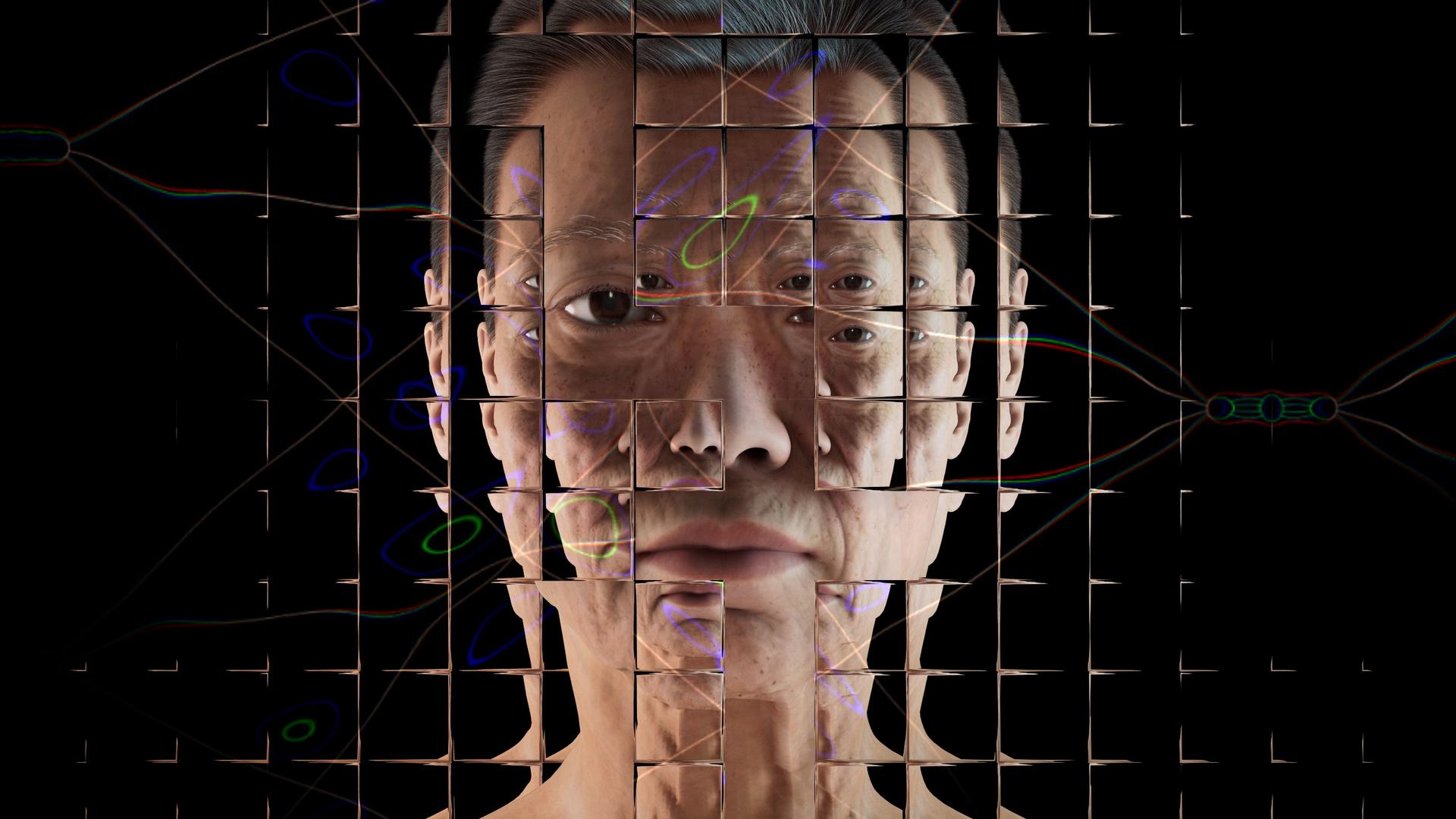
Briefing: Using AI to advance your L&D
If we adopt an open mind and put our fears to one side, we might be surprised by how beneficial AI can be in the workplace, particularly where learning and development are concerned, says Amy White, Head of Loch Training and Wellbeing in this briefing.
The mere mention of ‘AI’ can make some feel a little anxious. It conjures up images of sentient robots with a distaste for the human race and leaves many of us worried about being replaced by cleverer, more efficient humanoids. You will, however, be glad to know that the reality’s not actually quite so bleak.
The starting point is to acknowledge the multitudinous ways in which we’re already engaging with and relying on AI to make our lives easier and, often times, happier. From Alexa reminding us to take an umbrella, to Google Maps helping us get to our destinations on time, avoiding traffic jams and congestion, AI has infiltrated our lives in many ways and often serves to support and assist us, rather than threatening or competing with us.
The same is true of AI in L&D.
In the past, L&D focused solely on providing training to an organisation’s workforce, generally in a classroom setting and via a presentation to which the attendees were expected to listen attentively. These days, the scope of L&D is much broader and the options for delivery are substantially more varied and, let’s be honest, more interesting.
L&D professionals are now tasked with developing a continuous learning culture across organisations with a view to enhancing the employee experience and future proofing the workforce. Their work contributes significantly to employee engagement and satisfaction, performance and productivity and talent attraction and retention. The catalogue of options available to them where training and development activity is concerned, are many and varied - think webinars and virtual workshops, simulated and peer-to-peer learning, podcasts, TED talks and even YouTube videos.
Neither can we underestimate the value employees place on L&D. According to LinkedIn’s 2022 Workplace Learning Report, ‘opportunities to learn and grow’ are the most highly-rated culture-drivers worldwide. Similarly, a recent study carried out by Udemy found that 80% of employees believe learning and development opportunities would help them feel more engaged at work. Given the challenges HR teams are currently facing where employee retention and talent attraction are concerned, getting wise to the importance staff place on personal growth and career development would be very sensible.
As a result of the increasing importance of L&D in the workplace, finding ways to deliver an effective L&D programme in a time-efficient manner, which can help you stand out from the crowd, is likely to be the ultimate goal for many HR teams. Getting to grips with the AI options available to support L&D delivery might well be the best way to achieve that goal.
Many professionals will be familiar with traditional Learning Management Systems (LMS), which allow training to be assigned and tracked across a workforce. While this is useful, AI can help us take it to the next level by personalising the learning experience for individual employees. Algorithms built into AI-powered systems gather data on staff, establishing their existing level of knowledge, learning style and areas of interest, before tailoring their learning experience to their specific wants and needs. Not only does this approach ensure the learning an individual employee undertakes is more likely to engage and stimulate them, resulting in better knowledge and skills, it will also assist in conveying to the employee how valued they are by their employer.
AI can also assist with some of the more administrative aspects of L&D programme delivery by speeding up basic tasks, such as summarising lengthy documents (have a look at Wordtune) and generating style-appropriate written work (why not try Grammarly or, even, ChatGPT). While you’ll still want a human eye on the resulting documentation, to ensure it’s fit for purpose and reflects your views and voice, AI can help you tackle some of the more laborious elements of administering L&D programmes.
Finally, AI can assess performance and provide tailored training tips in a way no supervisor or manager possibly could, given the bots haven’t also got day-jobs to be getting on with. Take Poised, for instance, which records your involvement in virtual meetings (and only your involvement) so as to provide real-time feedback on your presenting style, including the words you use, your reliance on ‘filler’ words, your energy and empathy and even your confidence and clarity. Over time, it can help you track your progress, analyse your speech trends and enhance your delivery. Given the importance of effective communication in the workplace, both internally and externally and how dramatically it can impact an employee’s career advancement, this kind of AI-driven L&D support could be extremely beneficial, for the individual employee, the entire workforce and the wider organisation.
So, while it’s perhaps understandable many of us feel a little apprehensive where AI is concerned, if we can begin to move our mindset, we might find we’re pleasantly surprised. Instead of concerning ourselves with what the rise of the bots might mean for human employability, why not reframe our perspective and consider how we can work with AI, rather than against it.






